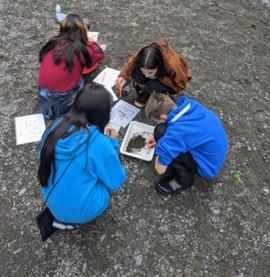Related Stories
- Inspiring Future Land Stewards Through STEAM
- Using science to uncover mysteries of the Mesa archaeological site in Alaska
- When the awards don't matter
- Virtual adventures await: Discover six BLM public lands you can tour from anywhere
- Partnership drives ongoing habitat restoration in Muddy Creek watershed

